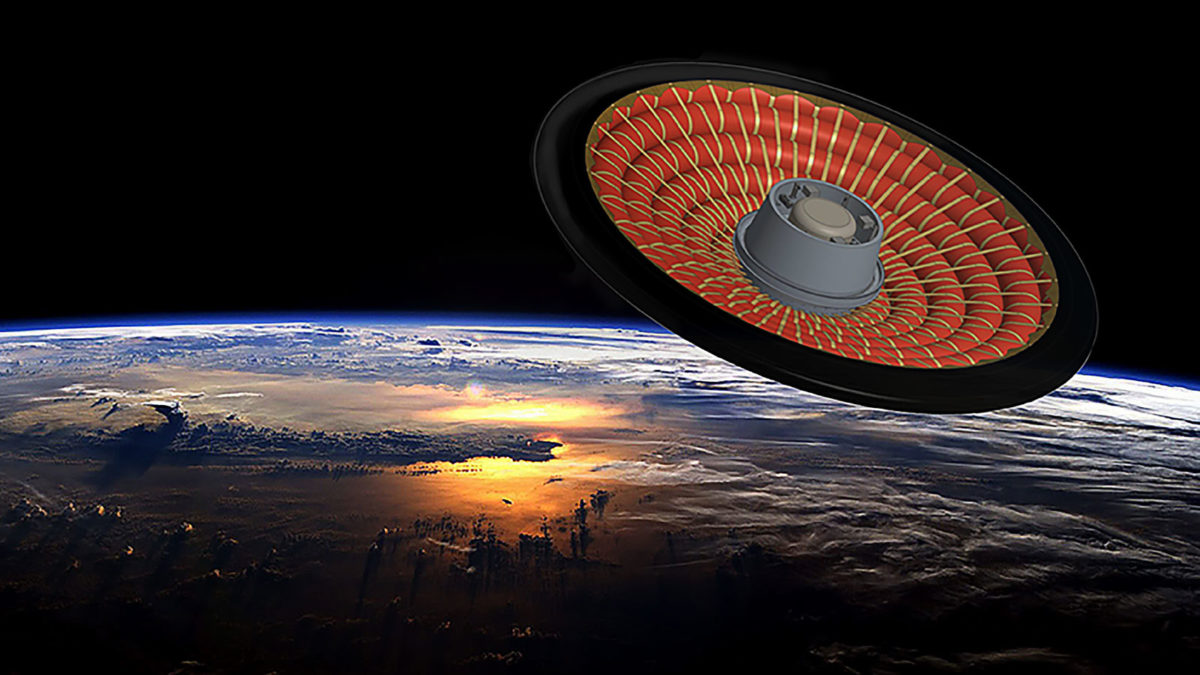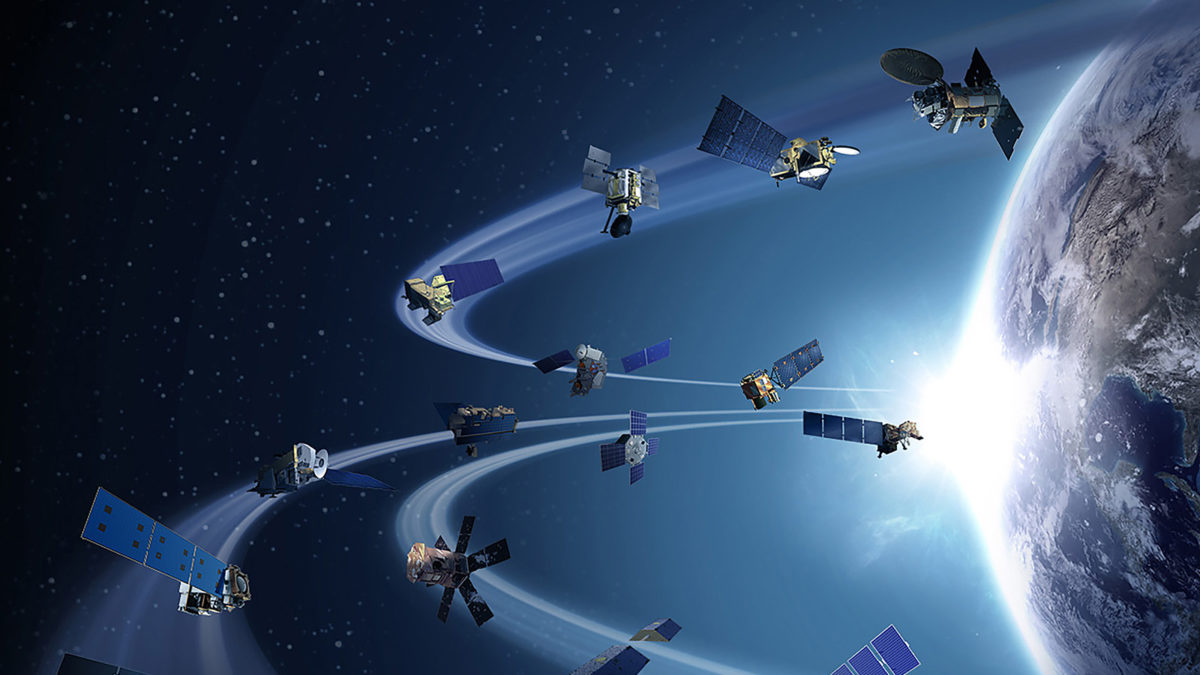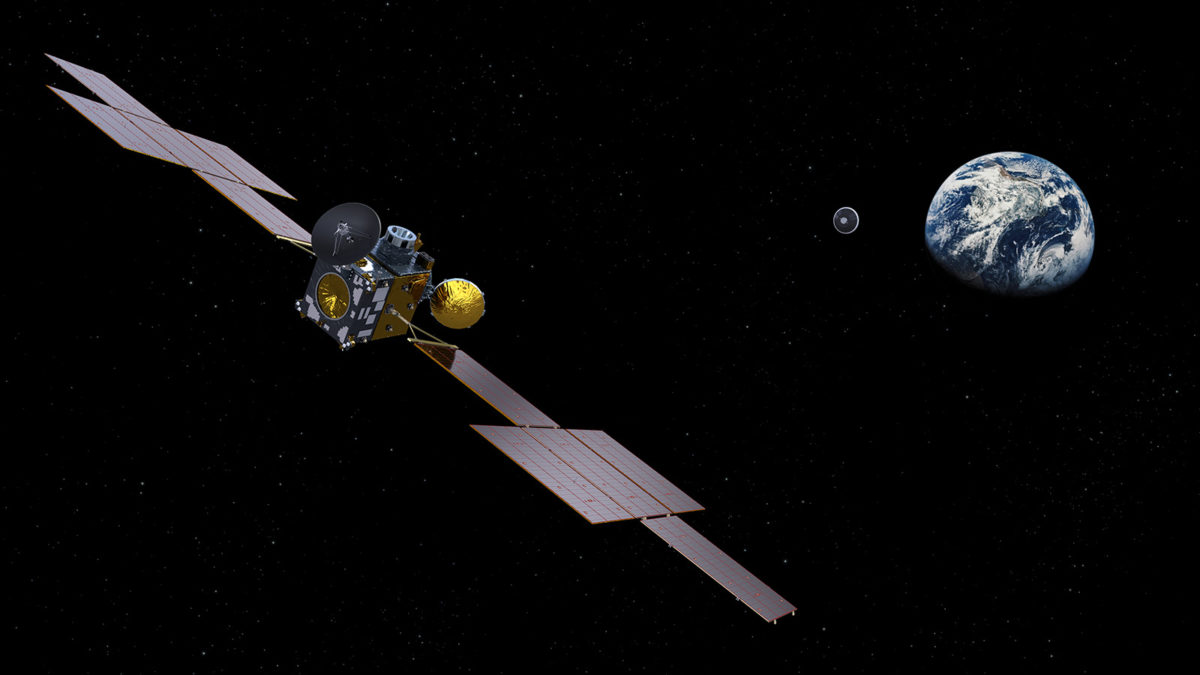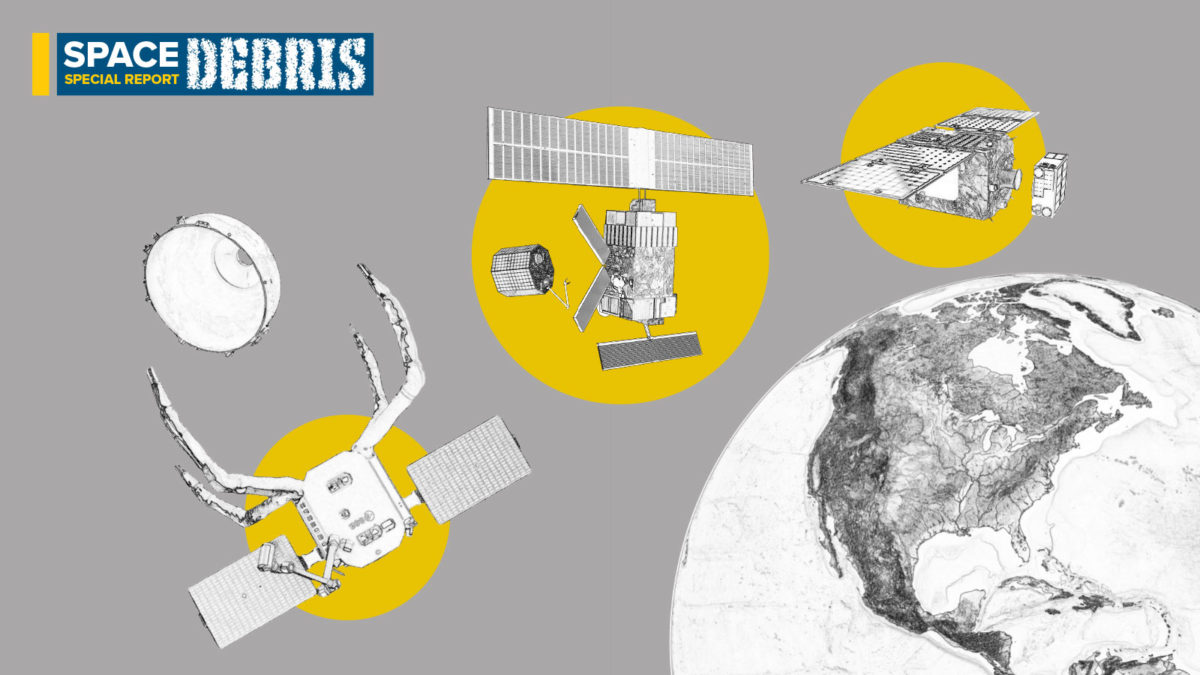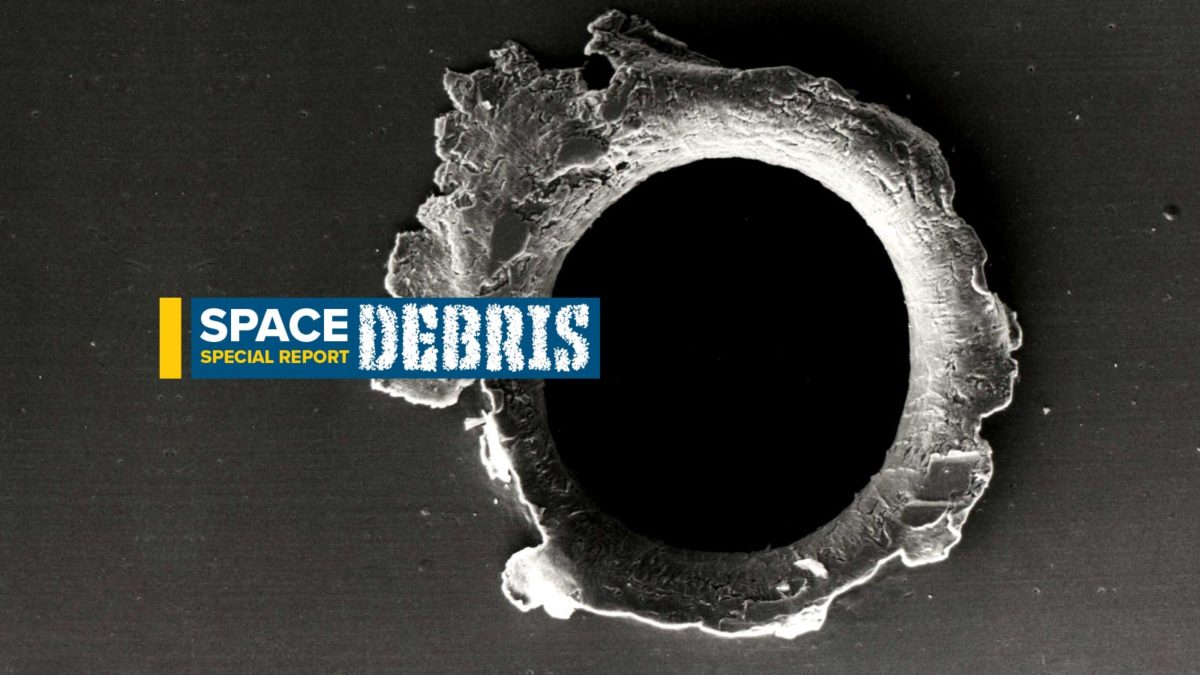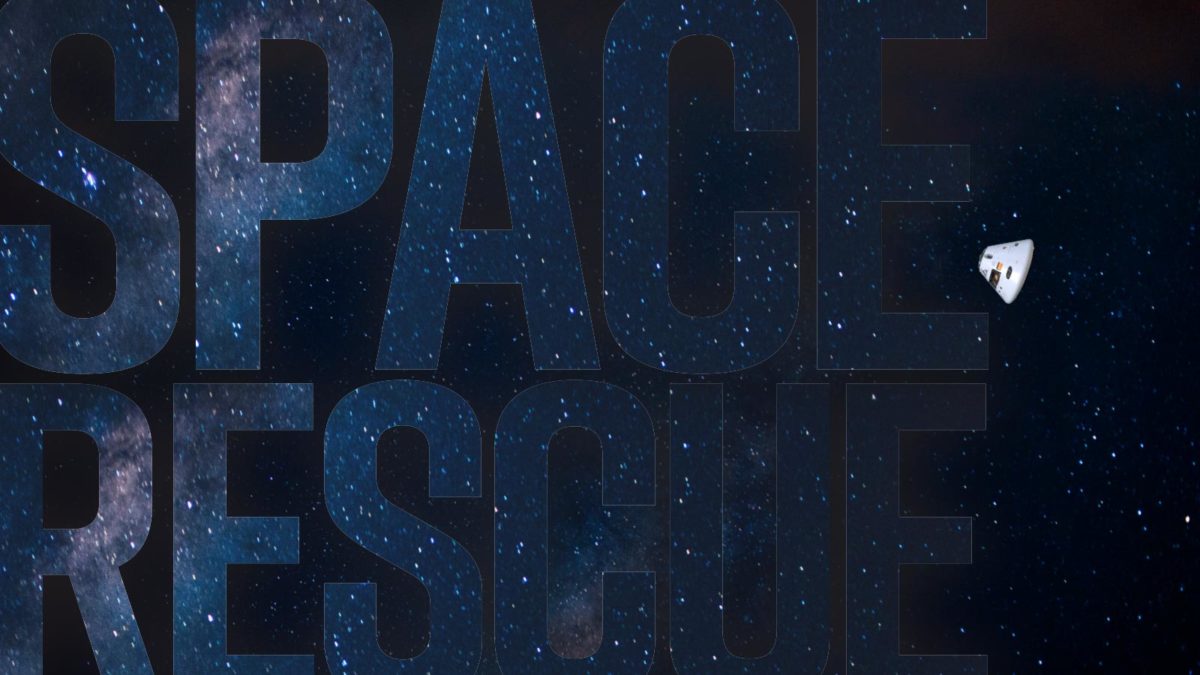By Jon Kelvey
March 1, 2024
Nation-states are blowing up satellites. Companies are launching megaconstellations of thousands of satellites. Dead rocket stages whiz around the planet for years. And yet, the International Space Station hasn’t been destroyed, payloads reach deep space unharmed, and we’re not trapped on Earth — at least not by debris. Either calamity is not upon us or we just don’t recognize it. Jon Kelvey takes the measure of Kessler Syndrome.
By Keith Button
January 1, 2024
Astroscale is poised to embark on the next step in proving its business plan of grappling and removing orbital debris: sending a spacecraft to inspect an uncontrolled rocket stage in preparation for a future capture mission. Navigating up to and around such an object requires an intricate choreography of sensors, cameras and navigation algorithms. Keith Button tells the story.
By Paul Marks
January 1, 2024
Space is not the calm place it might seem. Once a satellite dies, various phenomena can cause it to tumble, making it hard to grab and remove from orbit. An experimental device in orbit now could solve the problem. Paul Marks spoke to its designers.
By Moriba Jah
December 1, 2023
By Jon Kelvey
November 1, 2023
The U.S. Office of Space Commerce is facing a deadline of late 2024 to have in place the initial software and people to take over tracking of debris and civilian spacecraft from the military. Is OSC moving fast enough? Jon Kelvey tells the story.
By Moriba Jah
May 1, 2023
By Jon Kelvey
April 1, 2023
Hardly a day goes by without a space visionary somewhere promising to expand humanity into outer space for good, and billions of dollars are being spent in the belief that this is possible. Among the challenges lies one that is most fundamental: Our human biology cannot survive the radiation for long. Jon Kelvey looks at a possible solution that is struggling for funding.
By Keith Button
January 3, 2023
Today, returning payloads to Earth or delivering them to Mars means facing the tyranny of the rocket shroud. Payloads must be protected by rigid heat shields, and this reality limits their mass, since heavier payloads need wider shields, but the shield must fit in the shroud. What if a shield could be inflated in space? A November test by NASA pointed the way, but the mission left a key challenge to be addressed. Keith Button tells the story.
October 1, 2022
Spacecraft owners and operators are showing fresh determination to devise a traffic management scheme that can avoid the historic disruptions to our daily lives that a collision in space could produce. To find solutions, the industry needs to look beyond itself. Kerry Buckley and Tim Gruber of the MITRE Corp. explain.
By Sandy Magnus, AIAA fellow
October 1, 2022
By Paul Marks
June 1, 2022
In 2033, NASA and the European Space Agency want to robotically bring home rock and soil samples from Mars. In recent public consultations, however, some suggest diverting samples to a space station or a lunar base to avoid any contamination risk to Earth. Can it work? Paul Marks investigates.
By Moriba Jah
May 1, 2022
April 1, 2022
Space junk poses an existential threat to ambitious proposals to surround Earth with habitats, factories and vast constellations of satellites. What if the most dangerous debris could be grabbed and hauled out of orbit? Kerry Buckley of the MITRE Corp. offers safety advice for those who want to prove it can be done.
By Jonathan O'Callaghan
April 1, 2022
After decades of spaceflight, Earth orbit resembles the Wild West mixed with a demolition derby. Traditions rather than laws govern behaviors, and every now and then a frightening crash litters the track. Our modern lives, the safety of astronauts, space adventurers and the security of the free world depend heavily on this poorly managed domain. Can a brighter future be forged? Jonathan O’Callaghan found reasons for hope.
By Moriba Jah
March 1, 2022
By Moriba Jah
February 1, 2022
By Moriba Jah
January 1, 2022
By Ben Iannotta
January 1, 2022
Chris Scolese
January 1, 2022
Human society is on the cusp of expanding into space and improving lives on Earth through a host of space-derived innovations. Threatening this revolution is the limited ability of corporations and governments around the world to manage their space traffic and avoid collisions. Kerry Buckley of the MITRE Corporation analyzes the problem and offers solutions.
By Keith Button
November 1, 2021
High up the stack of NASA’s first Space Launch System rocket is a component that will play a critical role in proving the rocket’s safety during the upcoming Artemis I mission. This is its story as told by Keith Button.
By Paul Marks
November 1, 2021
The fact that more civilians are going to space has sparked a realization by at least one spaceflight analyst that something may be missing: A way to rescue astronauts or spaceflight participants in disabled spacecraft.

